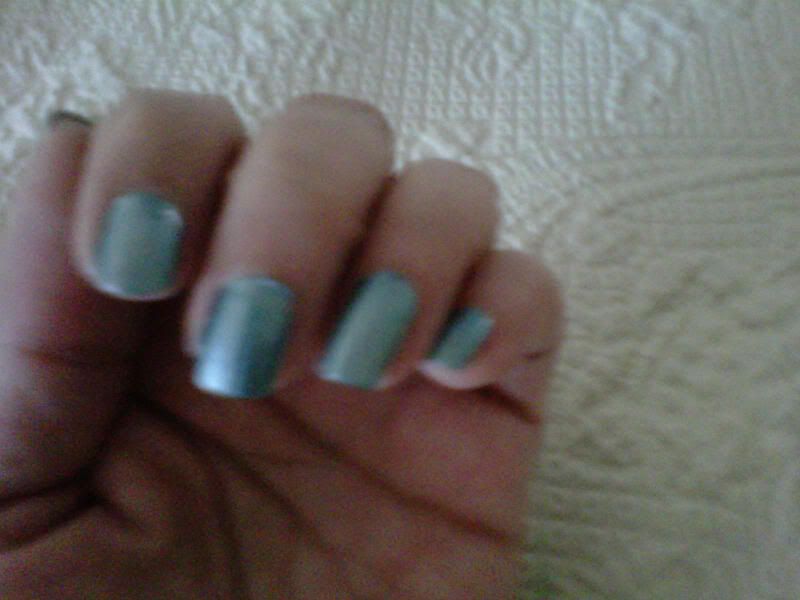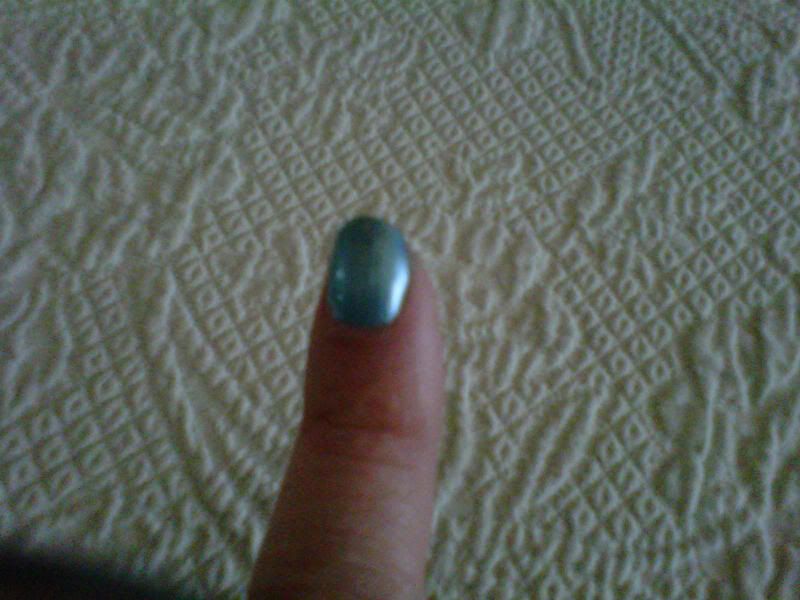Just as it dries on your nails, over time, nail polish can dry out in the bottle. Here are some good rules to make your prized polishes last as long as possible.
What's In Nail Polish?Women have been painting their nails as far back as 3000 B.C. when the Chinese used a combination of Arabic gum, egg whites, gelatin, and beeswax to make a lacquer, with crushed flowers to provide color. While these ingredients are certainly not used in today's nail polishers, the art of painting one's nails has evolved through the years. The chief base ingredient is nitrocellulose, which is a highly flammable compound that can be combined with a solvent to make a lacquer. Today, cosmetics companies add a variety of compounds to enhance color, drying time, and staying power.
How Long Will It Last?
As a rule of thumb, nail polish can last at best for two years. While from a health perspective there are no chemicals in nail polish that are dangerous after two years, the polish typically dries to a point where it's discolored, or a smooth application cannot be achieved.
Are There Ways I Can Extend Nail Polish's Shelf Life?
Here are some general rules for storing your polish:
1. Keep polish in a cool, dry place. Nail polish is most affected by heat.
2. Keep a tight lid on the bottle. While this may seem simple, ensuring your polish is fully sealed can go a long away in extending its life.
3. Store bottles in an upright position. Bottles that are kept on their sides (or even upside down) can discolor more easily because it's harder to shake the pigments together.
Should I Refrigerate My Nail Polishes?
While many claim that keeping polish in the refrigerator will extend its shelf life, there is no conclusive proof that this method works. Refrigeration may slow the drying-out process; however, some of the ingredients in nail polish are highly flammable. Keeping them in an electric refrigerator may be more of a safety concern than a health concern.
Nail Polish Goes Green
Nail polish is known for its strong smell, and this is chiefly due to the chemical ingredients it contains. Today, companies are releasing polishes that are termed non-toxic, formaldehyde-free, or even water-based, which uses water and plant-based compounds to create a nail-polish-like substance. Because chemicals are incorporated with standard nail polishes to extend their shelf lives, these types of polish may not last as long as their chemical counterparts.
http://www.ehow.com/about_5112923_shelf-life-nail-polish.html




